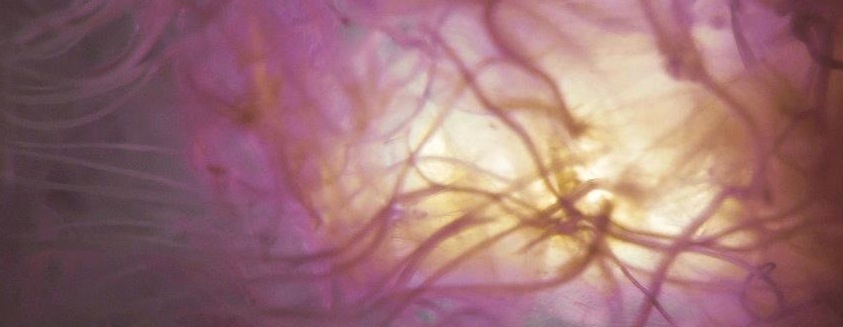
Fun Jellyfish Facts
Jellyfish only live between the time span of a few hours to that of a few months and come in every size imaginable from giant to microscopic.
They do not need a respiratory system since their skin is thin enough that the body is oxygenated by diffusion. They have limited control over movement, but can use their hydrostatic skeleton to navigate through contraction-pulsations of the bell-like body; some species actively swim most of the time, while others are mostly passive.
The Jellyfish body consist of over 95% water; most of their umbrella mass is a gelatinous material—the jelly—called mesoglea which is surrounded by two layers of protective skin. The top layer is called the epidermis, and the inner layer is referred to as gastrodermis, which lines the gut. Jellyfish do not have a brain nor a central nervous system, but employ a loose network of nerves, located in the epidermis, which is called a “nerve net“.
A jellyfish detects various stimuli including the touch of other animals via this nerve net, which then transmits impulses both throughout the nerve net and around a circular nerve ring, through the rhopalial lappet, located at the rim of the jellyfish body, to other nerve cells.
A group of jellyfish is sometimes called a bloom or a swarm. “Bloom” is usually used for a large group of jellyfish that gather in a small area, but may also have a time component, referring to seasonal increases, or numbers beyond what was expected. Another collective name for a group of jellyfish is a smack.
